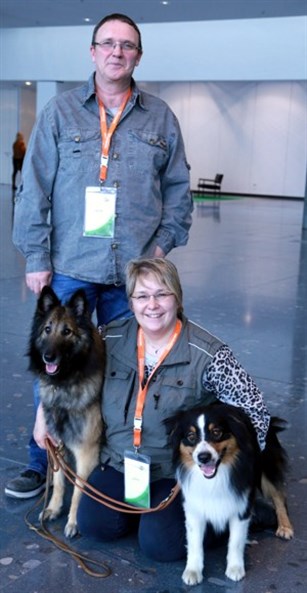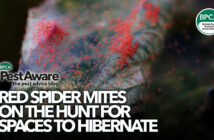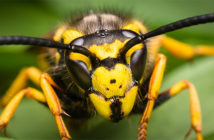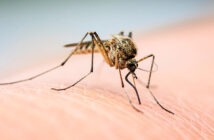Judging by the number of people who packed into the seminars on how to detect and control bed bugs without using chemicals, German pest professionals are keen to improve their knowledge and widen the scope of their approach.
A review by Heiko Kaiser of his experiences in tackling bed bugs in New Zealand took place at Pest-Protect in Stuttgart on the morning of 2 March.
| German-born, Heiko emigrated to New Zealand in 1999. He explained how he came to be actively involved in pest management after spending some 25 years in the food, drink and hospitality sectors.
With that background he had clearly seen pest management from the customer’s perspective. After moving to New Zealand he found there were very few, if any eco-friendly ways of dealing with pests, so he set about filling this gap and founded ALPECO (Alternative Pest Control). Good timing |
|
|
| The prospect of all those extra travellers raised fears of a bed bug explosion and created a climate in which hotels and hospitality businesses were keen to ensure they remained bed bug free. After all, the mere mention of a bed bug on social media or Trip Adviser can cause huge economic damage to a hotel or restaurant.
For bed bugs Heiko advocates three main techniques which can all be integrated, depending on the specific bed bug control challenges being faced. He explained that heat is the most expensive technique used by ALPECO, but it is also the most successful. Freezing using Cryonite is also employed and steam can be useful, but it has its limitations. However, he is not against all chemicals. “We use chemicals as a last resort, although in most case we don’t need them,” he said. The use of these techniques does require training and he issued an invitation to pest controllers ‘to come to New Zealand to learn how these techniques can be used successfully’. The biggest challenge of all, however, is to ensure customers and their employees are properly trained. “Prevention and early identification are key. We earn as much money from the work we do in prevention as we do from treatments,” he explained. “With the rise in international travel, the development of resistant bed bug populations and the power of social media, there’s a good future for this business,” he concluded. |
||
| Sniffing out the bugs The power of a dog’s nose to distinguish between different scents is pretty incredible, as Daniela Saag who runs the detection dog training school, Dogs’ Spirit Spá¼rhunde, explained at Pest-Protect. People have seven million receptors and can distinguish between 10,000 different smells. Dogs have a massive 200 million receptors and can distinguish 100,000 different scents. Daniela began training all sorts of detection dogs 12 year ago. As she said, at first people didn’t take the idea very seriously: “They just smiled.” All her dogs are rescue dogs and today she specialises in mould detection and bed bugs. Daniela outlined what to look for in a bed bug detection dog – an open friendly dog that’s interested in playing and/or food. Obedience is clearly key and concentration, although this will be improved during the training. She explained how she used positive conditioning with a ‘klicker’ which is a promise to the dog that it will get a treat. “A piece of sausage or a toy,” she said. The dogs are trained to recognise bed bug scent and even to distinguish between live and dead bugs. The duration of the training depends on the dog and the handler, as well as the approach used. Dogs’ Spirit prefers a longer training period of 12 to 18 months with once a month training schol sessions. Other schools, such as the one run by Larry Hanson, who accompanied Daniela and contributed to the question session at the end of the presentation, train over four to six months, with weekly training school sessions. |
|
|
| Detection dogs provide a much faster and easier means of checking hotels, hostels, restaurants, aircraft and the like. There is no need to dismantle bed heads, electrical sockets, skirting boards and so on because the dogs can smell the bugs, unlike people who need to see them.
New bed bug dog code coming soon The presentation ended with a demonstration from the dogs on how they work and signal the presence of bed bugs. |
||

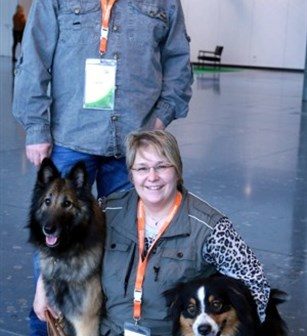
 Heiko Kaiser shared his experiences of controlling bed bugs
Heiko Kaiser shared his experiences of controlling bed bugs